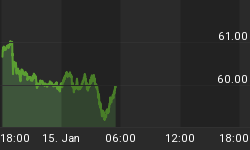Yes, the short term Inflowing Liquidity has been positive and up trending. The affect of the Liquidity can be seen on this weekly chart of the SPY. As expected, the SPY has been moving higher, but is getting very close to its resistance area.
What doesn't look so great, is the longer term, rising wedge pattern that you can see on the SPY.
Note how the upper resistance and lower support lines are converging on each other. That converging continues to set a narrower up and down range. Typically, as the range narrows between the two lines, the volatility increases until there is a breakout of the pattern. Historically, a rising wedge pattern is regarded as a bearish pattern.

















